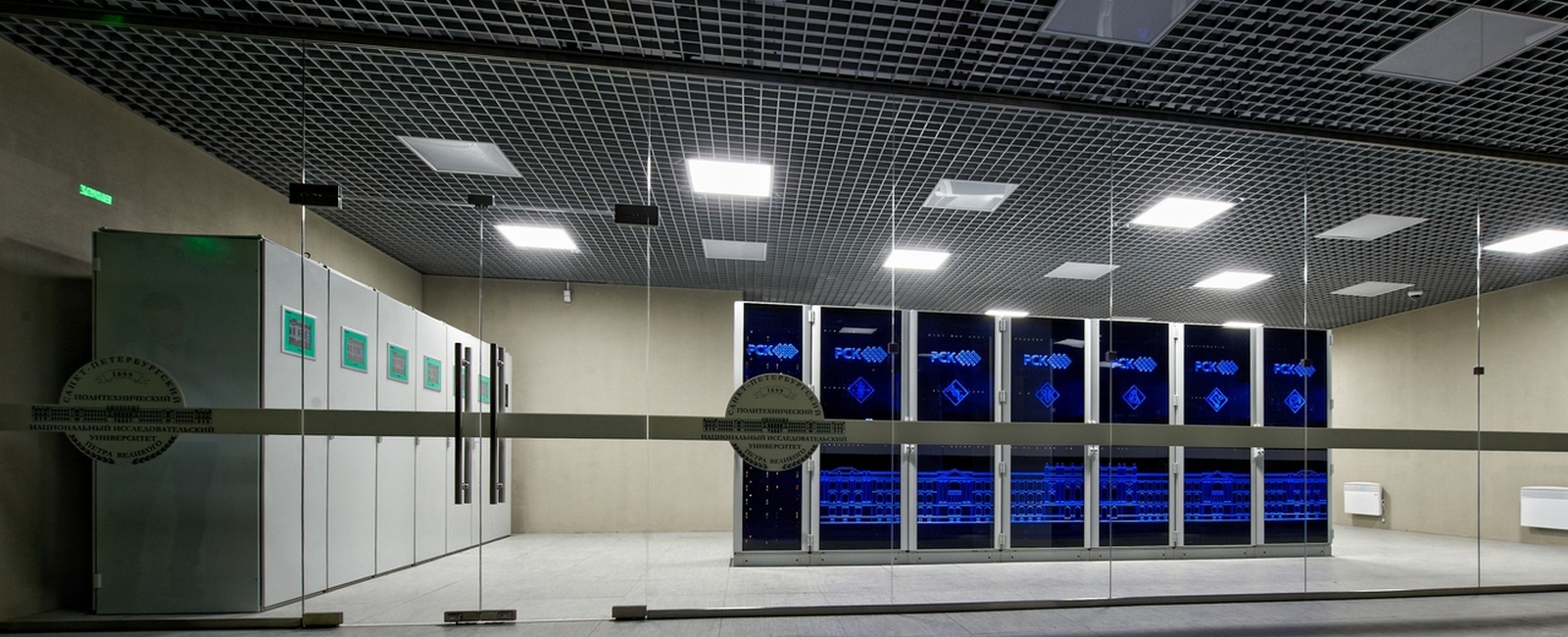
iCore took part in creating the engineering infrastructure of the “Polytechnical” supercomputer center (SCC) at St. Petersburg Polytechnic University. Company experts developed and implemented state-of-the-art technical solutions that provide maximum reliability and efficiency of the computer complex.
| Client | СПБПУ |
|---|---|
| Industries | Public sector |
| Solutions | Data Centers |
To provide the maximum efficiency of systems used in SCC, iCore engineers developed and built a reliable engineering infrastructure on the basis of Emerson Network Power and Schneider Electric equipment, which includes following components:
To manage the infrastructure, a “Smart building” class’ scalable IT solution, based on the TAC Vista 5 SCADA system, has been used.
The project was an actual challenge for the iCore team. First, we had to “incorporate” the infrastructure into available premises, but not to construct new premises for it. Second, because of a high computing resources’ energy density the power capacity is about 100 kW per rack, that requires a huge concentration of an engineering equipment to provide electrical power and heat removal. But despite all technical issues, a power-efficient and stylish infrastructure has been created, used for Russia’s third most powerful supercomputer with peak performance (efficiency) of 0.9 PFLOPS.